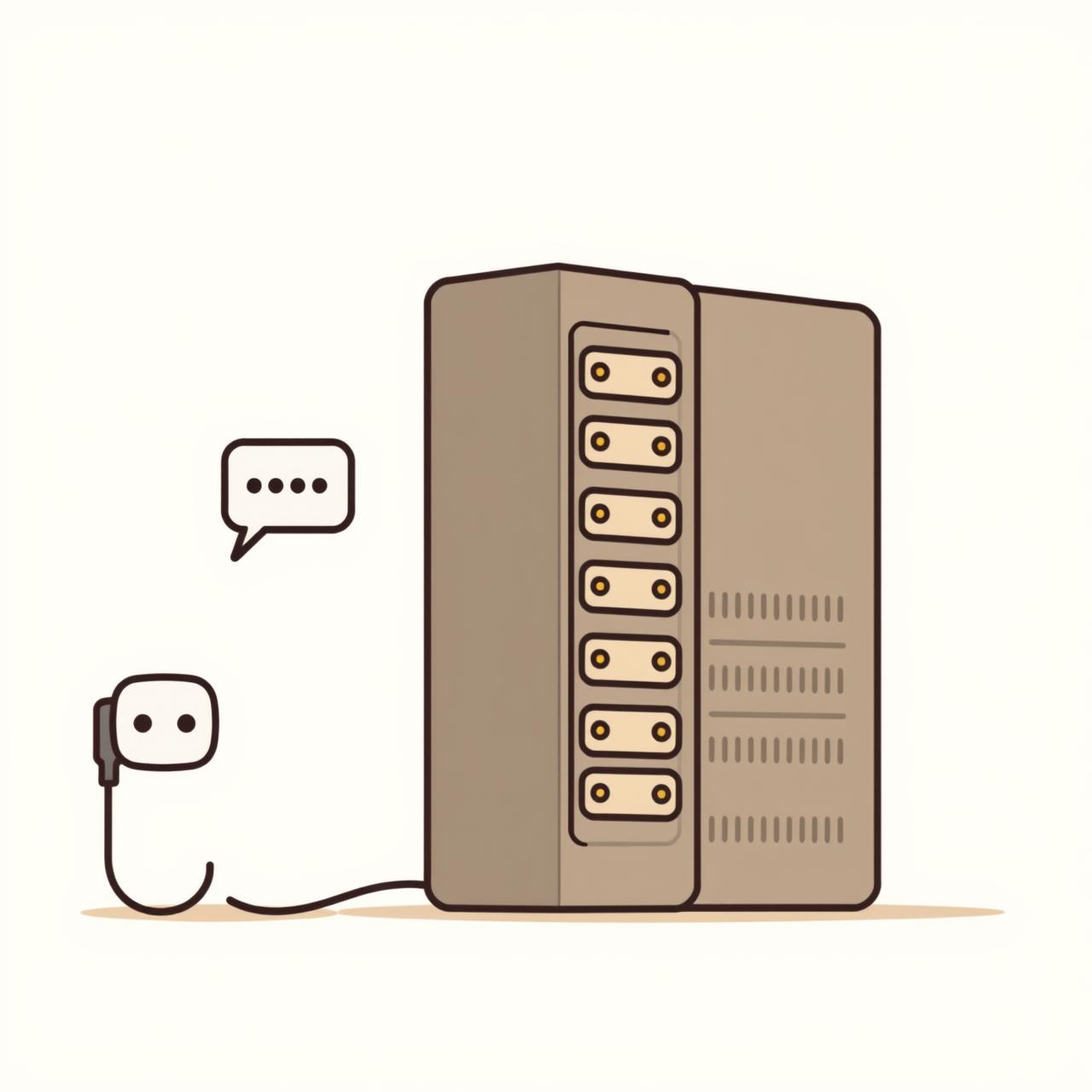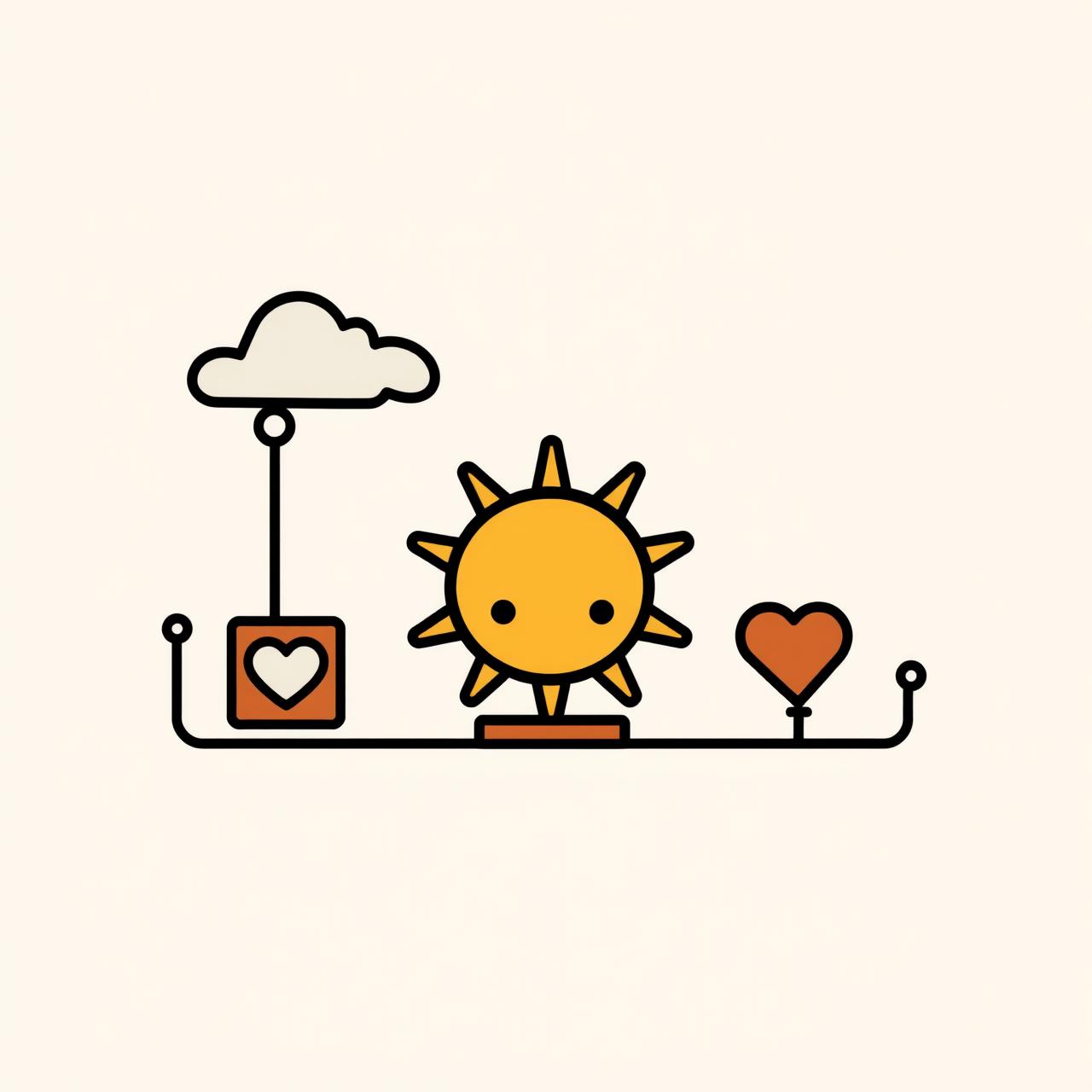The Hidden Energy Bill Behind Your Child’s Favorite Apps
Ever notice how the breeze feels a bit heavier on overcast days? Like the air’s holding its breath? That’s how I felt reading about AI’s silent energy surge—not from our kids’ innocent questions to chatbots, but from something far bigger humming behind the scenes. As parents, we’re told to limit screen time, yet the real energy drain is invisible to us. Let’s unpack this together, shall we?
The Real Culprit Isn’t Your Child’s Chatbot Session

Picture this: Your 7-year-old asks an AI tool, “What do clouds eat?”—a flash of curiosity that burns barely a watt. But now imagine thousands of those queries multiplying behind the curtain, where massive data centers run nonstop. I remember when my kiddo asked if clouds get hungry—turns out, so do data centers! Those facilities alone will guzzle 7.5% of all U.S. electricity by 2030, equivalent to 40 million homes running at once. Mark James from Vermont Law School puts it plainly: “A single AI data center can demand as much power as our entire state during peak hours—which serves 600,000 people.” Your child’s playful questions? Just the sprinkle of salt. The ocean is in the infrastructure.
Why This Matters for Our Little Explorers
We want our kids to grow up in a world where clean air isn’t a luxury and playgrounds don’t wilt under extreme heat. But here’s the kicker—AI companies aren’t required to tell us how much energy they use. Sasha Luccioni of Hugging Face says it best: “You know your car’s miles per gallon, yet these AI tools we use daily hide their efficiency metrics.” It’s like sending your child on a hike with no map of the trail’s carbon footprint. Parents, this silence hits home: we end up footing higher bills while the planet shoulders the strain. Imagine teaching your kid to turn off lights, only to find invisible giants devouring power. Just like clouds, this challenge has a silver lining—we can nurture awareness while building resilience.
Small Shifts That Spark Big Conversation
Okay, deep breath. Avoiding chatbots won’t fix this—that’s clear. So where does that leave us? Next time you’re walking with your child (even under gray skies), point to streetlights or wind turbines—“What if these powered AI, too?” Spark curiosity by asking about energy sources during dinner: “Does this app run on sunshine or secrets?” The IEA notes AI energy demand will double by 2030 globally, yet tiny habits forge resilience. Your child learns critical thinking by questioning tech’s cost—not just its coolness. And hey, when they ask, “Dad, why are clouds gray?”—you’ve already shown them every question has layers worth exploring.
Hope in the Wiring: What’s Lighting the Path

Here’s where parental optimism kicks in: Solutions are unfolding. Smart moves like scheduling AI training during cooler months (when grids aren’t straining) or shifting workloads to renewable-rich areas—backed by real data—prove change is possible. As parents, we mirror this: Choosing offline play on overcast afternoons isn’t rejection of tech—it’s balance. Remember those spontaneous park dashes when rain threatened? We taught our kids joy in flexibility. Now, let’s channel that spirit. Advocate for transparency in tech like we’d demand safe playgrounds. Support schools using AI tools with published efficiency metrics. Every time we opt for a nature walk instead of extra streaming, we’re voting for a lighter footprint. And that?—I smile thinking of my daughter’s laughter during puddle-jumps—“It’s how we raise stewards, not just consumers.”
